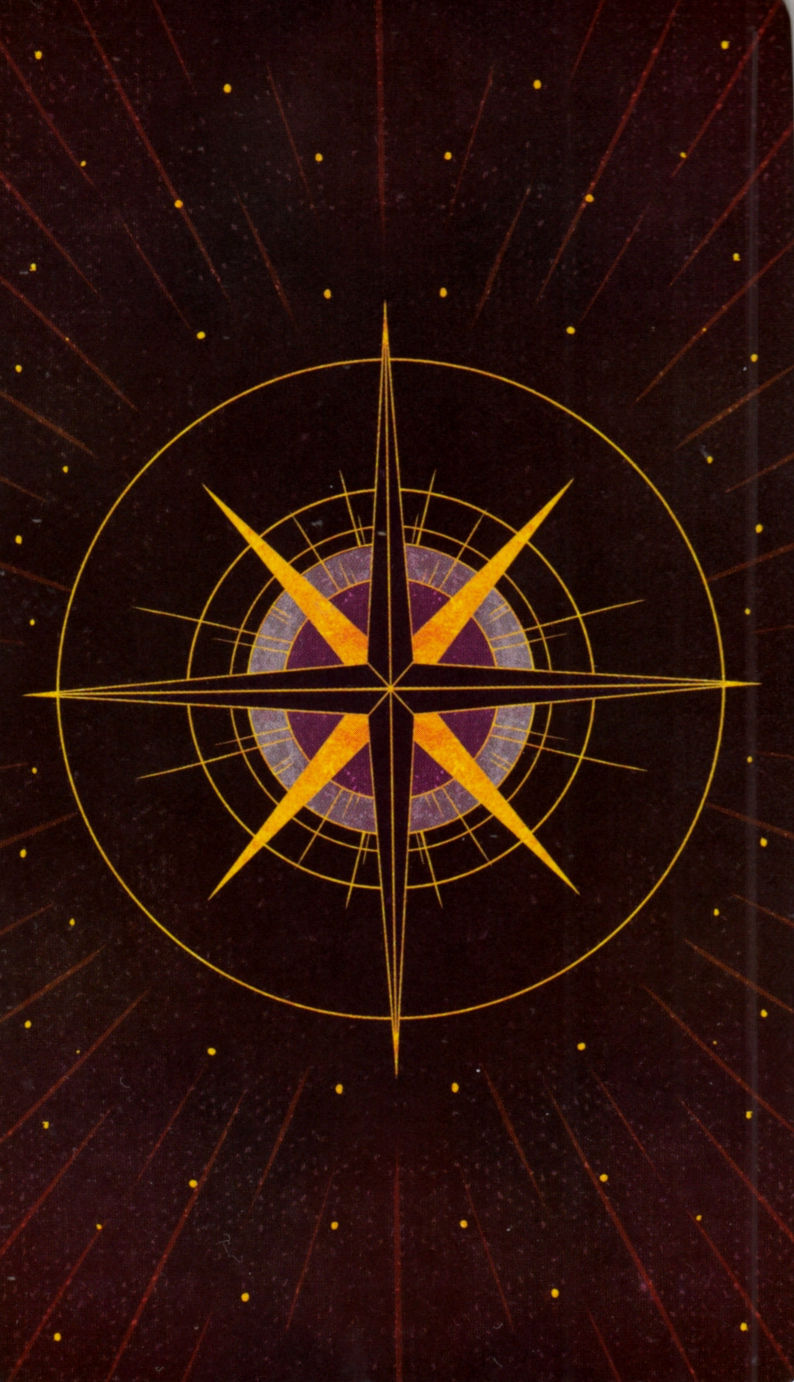Periodically, yes.
…I’ll show myself out.
Yes-ish. Unlisted elements “exist” in a theoretical sense: The higher the atomic number, the more unstable they are, so you won’t find them in nature.
However, they can be created temporarily in labs, and they exist a short amount of time before they decay into more stable particles. When a previously unobserved element is created, it gets added to the table.
What makes an element stable or unstable is beyond the scope of this question, but in general, the heavier an element is, the more unstable it is, and we’ve already discovered the lightweight ones.
The Island of Stability has been theorized, so once we reach the tech necessary to create elements from there, we might see a large amount of new elements added.
Elements are defined by the number of protons they have. Hydrogen has 1 proton, helium has 2, lithium has 3, and so on. Everything up to 94 protons, Plutonium, is known to occur naturally on Earth (some in only very trace amounts, but all are known one way or another), there are no gaps to fill in.
We can and have synthesized elements with 95+ protons in a lab, but these artificially created elements decay almost immediately. The highest element created this way is Oganesson, atomic number 118. Five whole atoms were created, and decayed in 0.7ms. Basically, it’s something that can only briefly be forced in a lab. It’s possible these elements may also occur within stars undergoing fusion, but nowhere else.
The table can be extended indefinitely, and we have theoretical models of what the properties of hypothetical elements will be, but the further out we go the less stable these elements will be, decaying faster and faster. So it’s not like these are natural elements waiting to be discovered that we missed, we know everything that could be stable in nature.
My ELI5 answer: The periodic table is basically “finished”, there are no new additions. Meaning, the structure is is set and almost all elments found, including some (theoretical) higher-number elements that still have to be securely “discovered”. This final discovery nowadays happens only in specialised labs from time to time, because the higher-number elements are extremly unstable, only created artifically and existing for a few nanoseconds or femtoseconds. Some more details you can find on Wikipedia here: https://en.wikipedia.org/wiki/Actinide
Additionally, some people discuss different models/structures for organising the elements in general. But that is a different topic.
Nuh uh I’m working on ununununium.
You’re excited now, but just you wait until I finish unununununium!
Now write it in cursive!
Bingo, @Madbrad200@sh.itjust.works , see the wikipedia entries which climb as high as 116: https://en.wikipedia.org/wiki/Moscovium
If you want to go on a fun rabbithole dive, take a gander at what Bob Lazar has to say about Moscovium (115), and its use in craft by nonhuman entities.
My (flawed and amateur) understanding is that they create new elements by smashing together atoms on particle accelerators to see if their nuclei stick. If you can create an atom with a new number of protons in its nucleus, in a manner which can be repeated, then you have created a new element.
The last new element that was created with a natural process was found sometime in the 1930s. Many of the artificially generated elements are extremely unstable. Our labs may be the only place in the universe they are made, that aren’t inside stars.
There are probably things created in supernova explosions that we couldn’t think about creating due to the energy required, but like our manmade ones, they decay very quickly so we’d never know of their existence. So as far as stability, the periodic chart is probably pretty much complete.








